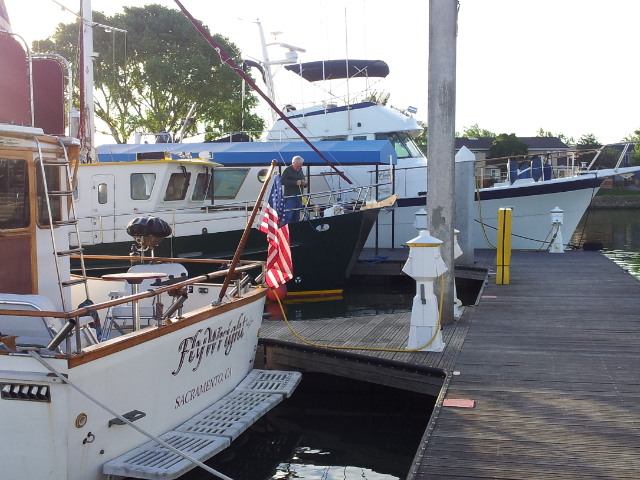tegdesign
Senior Member
Hello All.
Just moved to a new slip. My boat is set up with a 30 amp shore-power inlet. The new slip has a 50 amp hookup next to the boat. Down the dock about 60 feet is a 30 amp hookup.
I apologize for my electrical ignorance, but what happens if you plug a 50 amp source into my 30 amp boat using some sort of 50/30 converter pigtail?
Or do I need to buy another power cord?
Thanks!
Just moved to a new slip. My boat is set up with a 30 amp shore-power inlet. The new slip has a 50 amp hookup next to the boat. Down the dock about 60 feet is a 30 amp hookup.
I apologize for my electrical ignorance, but what happens if you plug a 50 amp source into my 30 amp boat using some sort of 50/30 converter pigtail?
Or do I need to buy another power cord?
Thanks!



